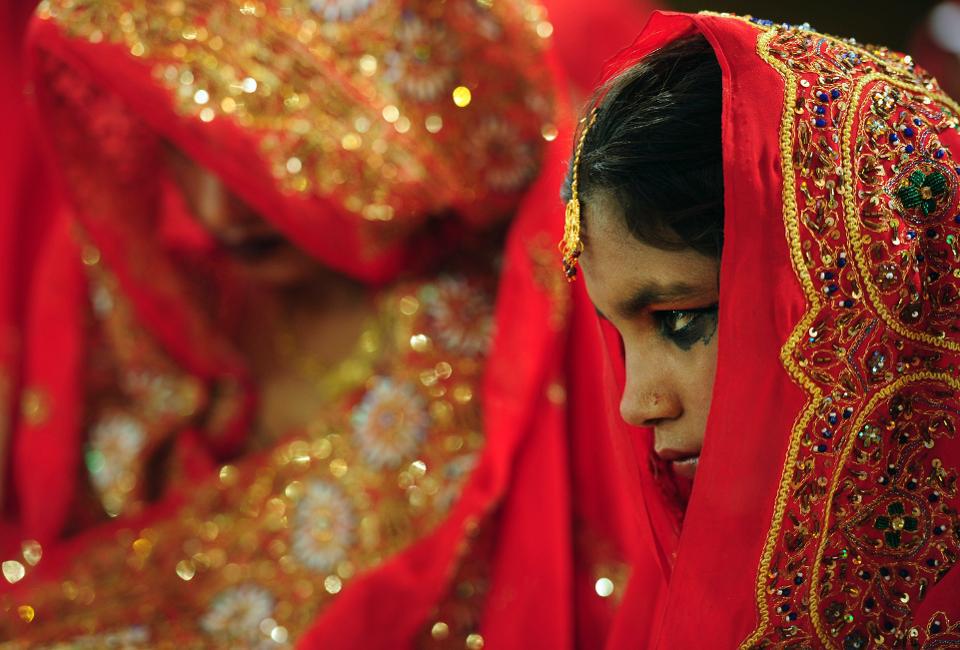|
When Is A Girl Ready For Marriage? After Her First Period Says High Court In Pakistan
By Ewelina U. Ochab
What qualifies a girl to be ready to marry? As reported in the media, on February 3, 2020, the High Court of Sindh in Karachi, Pakistan, “dismissed a petition to have the marriage and forced conversion of a Catholic girl overturned”, stating that a girl is ready to marry after she has had her first period. The case involves the alleged abduction, forced conversion, forced marriage, enslavement, and ongoing rape and sexual abuse of a Catholic girl, Huma Younus. It is alleged that Huma Younus was abducted from her parents’ home in Karachi on October 10, 2019, by a man named Abdul Jabbar of Dera Ghazi Khan, Punjab Province. Younus, born on May 22, 2005, was 14 years of age at the time of the alleged abduction. A text message was allegedly sent to Younus parents stating that she had converted to Islam and had married Jabbar “of her free will.” (Even if true, it is also questionable whether her marriage was conducted in compliance with Islam. Marriage contract in Islam requires (1) a clear proposal, (2) clear acceptance or consent (although silence is just as acceptable), (3) at least two competent witnesses and (4) a marriage gift, little or more, by the bridegroom to the bride.) The statement of the High Court of Sindh has been widely reported to have centered purely on whether Younus was too young to marry. It is not entirely clear whether the High Court of Sindh even considered the question of consent or other elements for the marriage to be valid. As Aid to the Church in Need reports, “judges, Muhammad Iqbal Kalhoro and Irshad Ali Shah, ruled that, as per Shari‘a law, even if Huma was a minor, the marriage between her and her alleged abductor, Abdul Jabbar, would be valid as she had already had her first menstrual cycle.” To add perspective to the statement, it is crucial to emphasize that “most girls start their periods when they're about 12, but they can start as early as 8.” What the High Court of Sindh suggests is that, in certain circumstances, a girl as young as 8 may be ready to marry. It has to be emphasized that the reported statement arrives in complete ignorance of the Sindh Child Marriage Restraint Act 2013 which criminalized child marriage with a punishment of up to 3 years imprisonment. The 2013 Act clearly states that child marriage “means a marriage to which either of the contracting party is a child”. It defines a child as “a person male or female who is under eighteen years of age.” Article 3 of the 2013 Act prescribes the punishment for a man who marries a child, stating that “whoever, being a male above eighteen years of age, contracts a child marriage shall be punished with rigorous imprisonment which may extend to three years but shall not be less than two years and shall be liable to fine.” The 2013 Act further criminalizes solemnizing a child marriage. It prescribes punishment for any person who performs “any act to promote the child marriage or permits it to be solemnized, or fails to prevent it negligently, from being solemnized.” At the time of its passing, the Sindh Child Marriage Restraint Act 2013 was considered a landmark piece of legislation to end child marriage. However, in subsequent years, the promises of the law have translated poorly into reality as the law fails to be enforced. Despite the enactment of this important piece of legislation, child marriage continues. Unfortunately, the case of Huma Younus is nothing exceptional in Pakistan where child marriage flourishes in impunity. Child marriage is also something that affects religious minority girls disproportionally. According to the Movement for Solidarity and Peace (MSP), a human rights organization working within the country, around 1,000 Christian and Hindu girls (and women) are kidnapped each year. These girls and women are usually between the ages of 12 and 25. They are forced to convert and marry Muslim men. Despite these shocking statistics, the true number of victims may be even higher as many cases remain unreported, often due to the girls’ families limited financial means. These cases show that Pakistan is still far behind ensuring that its laws and practice are in accordance with international standards. Indeed, the case of Huma Younus is a litany of criminal conduct including abduction, enslavement, forced conversion, forced marriage, child marriage, rape and sexual abuse, forced servitude, forced labor, and much more. The crimes demonstrate elements of contemporary forms of slavery (modern day slavery). While Pakistan fails to address these issues, it will remain an unsafe place for women and girls, where they remain unequal under the law. Pakistan is instead a place where perpetrators of violence against women and girls will flourish in impunity and where the judiciary ignores valid and binding law.
|
.
Any original material on these pages is copyright © BishopAccountability.org 2004. Reproduce freely with attribution.
